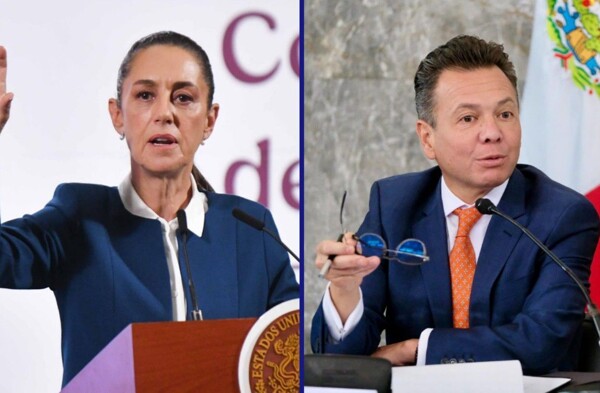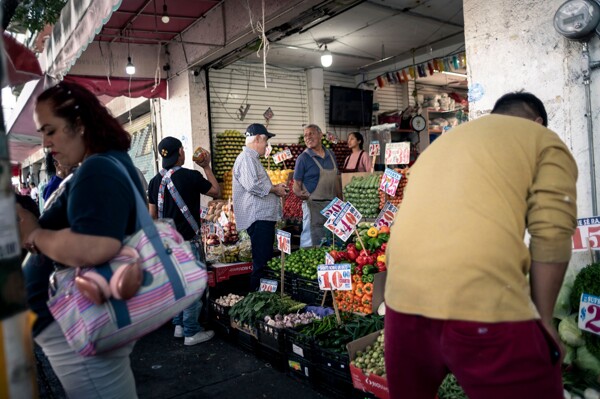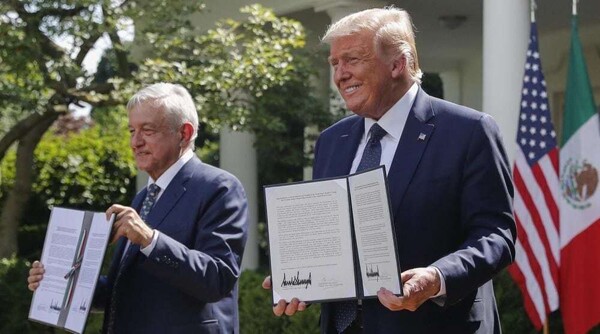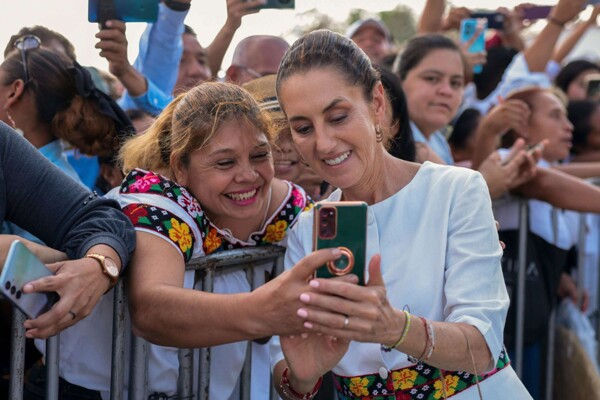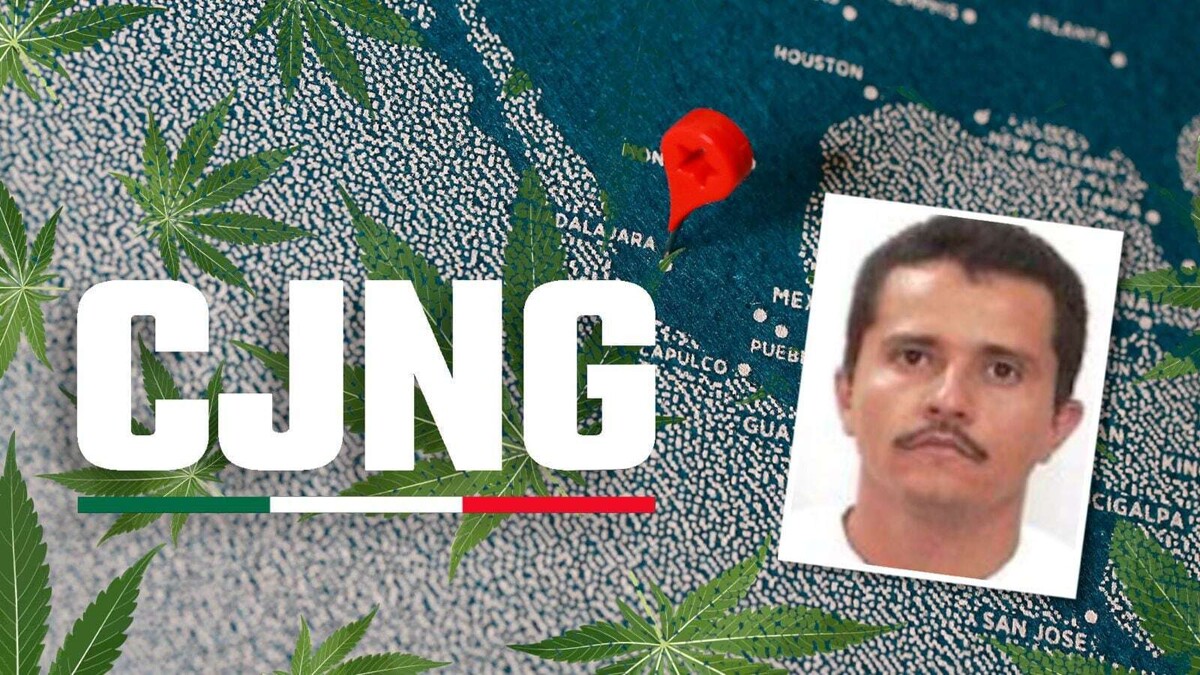
On Tuesday, a video allegedly linked to the Jalisco New Generation Cartel (CJNG) was released, in which supposed hitmen deny the accounts of search groups and disavow the existence of an extermination camp in Teuchitlán. In the video, which lasts more than four minutes, members of the CJNG distance themselves from the allegations made by Guerreros Buscadores de Jalisco regarding the Izaguirre ranch, where human remains and belongings were found.
An alleged spokesperson for the cartel claims in the recording that there is no evidence of a training camp or clandestine crematory, labeling the allegations as "lies and made-up stories." He asserts that the property was seized by the Federal Government in 2012 and that at that time, the CJNG did not have control of the area.
The CJNG is considered dominant in several regions of Mexico, including Guanajuato, Puebla, Querétaro, Hidalgo, the Riviera Maya, and border cities such as Tijuana and Ciudad Juárez. Internationally, it also has connections in South America, the United States, Canada, Australia, China, and Southeast Asia.
Regarding the ownership of the Izaguirre ranch, residents of Teuchitlán claim that the CJNG stripped the owner of it in 2012 after threatening him and forcibly entering his home. After the forced sale, the cartel built a perimeter wall with the inscription "Izaguirre Ranch."
The Jalisco New Generation Cartel emerged following the death of Sinaloa Cartel leader, Ignacio 'Nacho' Coronel, in 2010, and after internal disputes, factions La Resistencia and Los Torcidos were formed. The latter became the CJNG, led by 'El Mencho.' Since 2011, the cartel has primarily operated in the Pacific Coast of Mexico.
It has been documented that since its emergence, the CJNG has expanded its operations throughout most Mexican states, establishing itself as a powerful criminal organization.











